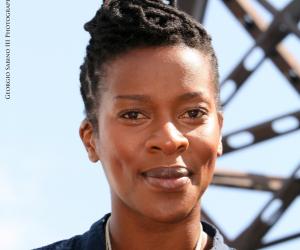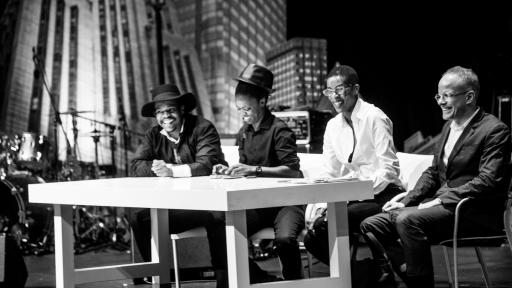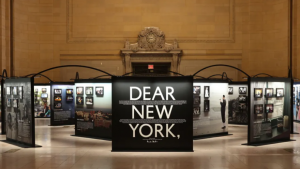A performance artist, a visual activist and an artist exploring the female body come together for a panel discussion titled "State of the Art"at Design Indaba Conference 2014.
Thought-provoking presentations by Athi-Patra Ruga, Nandipha Mntambo and Zanele Muholi tackle issues such as living in a post-Apartheid South Africa, the female body's representation and lesbian, gay, bisexual, transsexual, intersex (LGBTI) discrimination.
Performance artist Athi-Patra Ruga’s work exposes and subverts the body in relation to structure, ideology and politics.
I want to find a space where I can use my body to communicate politics, says Ruga.
During his presentation, Ruga takes the audience on a journey to a mythical land known as Azania to uncover notions of utopia and dystopia. “The Future White Woman of Azania”, Ruga’s longest and most engaging work to date, creates a mythical world through performance: “It’s a place and a myth but somewhere in between it got lost and forgotten,” he says. The work revolves around a character that lives in the centre of 250 balloons. All the balloons are filled with tiny objects that are revealed when the balloons are popped.
Nandipha Mntambo, a trained sculptor who also uses performance, explores femininity, sexuality and vulnerability in her work. She is interested in Classical mythology and portraying civilisation’s fascination with alternate realities such as the animal/human hybrid creature. Her Europa series of photographs uses the figure of a fictional woman, based on Mntambo, to explore the dynamic of attraction and repulsion in the dichotomies of male/female and animal/human.
The challenge of using myself as the mould or object in my work is that it often makes me feel uncomfortable; it exposes elements that I like and don’t like about my relationships and myself, says Mntambo.
In works such as Silent Embrace, Mntambo uses cowhide, which she tans and moulds onto casts of the female body - usually her own. “The idea of beauty, attraction and repulsion is centred around the body being hairless. This project explores how a viewer would respond to a completely hairy female form,” says Mntambo.
Visual activist Zanele Muholi produces politcally impactful work that seeks to preserve and document the history of LGBTI individuals and communities through photography.
I often get asked how influential my LGBTI portraits are, but I just want people to look good and really fresh, says Muholi.
Hoping to bring about change in spaces that are “queer-phobic”, Muholi founded Inkanyiso, a queer visual media platform that captures the truth and tells the real stories of LGBTI individuals. The platform lobbies against hate crimes aimed at the LGBTI community in Africa and seeks to make mainstream communities aware of it severity.











